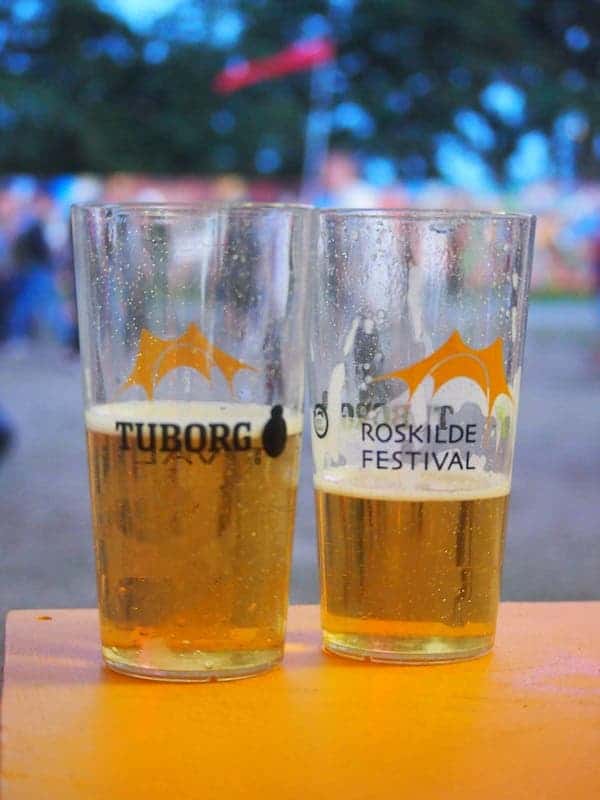Call it Beercycling – gallons of beer-urine will be used to fertilize barley, which will ultimately become beer, and then urine again. It’s the perfect cycle.
Denmark’s Roskilde festival is the largest music festival in Scandinavia and one of the largest in the world. Roskilde Festival 2013 had more than 180 performing bands and gathered around 130,000 festivalgoers, with more than 21,000 volunteers, 5,000 media people and 3,000 artists – which means almost 160,000 people participated in the festival. This year, the likes of Paul McCartney, Muse, Kendrick Lamar and Florence and the Machine are participating.
Of course, organizing such a big festival is always a huge hassle, and one of the biggest problems is dealing with urine – the biggest by-product of music festivals. Now, Roskilde festival is launching the new “From piss to pilsner” program, which will take an unwanted product and transform it into a resource. As researchers explain, human urine is quite a potent fertilizer.
“Urine is a valuable fertilizer which poor people could use to increase yields and not contaminate their environment. It is a resource, not a pollutant, if correctly managed,” said Helvi Heinonen-Tanski, leader of a research group at the University of Kuopio’s Department of Environmental Sciences in Finland.
The use of urine as fertilizer is uncommon, but it’s starting to pick up ground. The researchers chose cabbage as a test crop, because it needs a lot of nitrogen and when it was harvest time, urine-fertilized cabbage had several advantages. It was slightly larger, it grew to its maximum size more quickly, and, for most of the growth cycle, it suffered less bug damage than the commercially fertilized variety. It was also reportedly tastier. Roskilde organizers believe the same will work for barley – and they have every reason to do so: barley is also a plant which requires significant amounts of nitrogen.
If the project succeeds, then Roskilde participants in 2017 will drink beer from barley fertilized this year’s urine: 25,000 liters of urine, to be more precise. So what do you say, fancy a pint?










